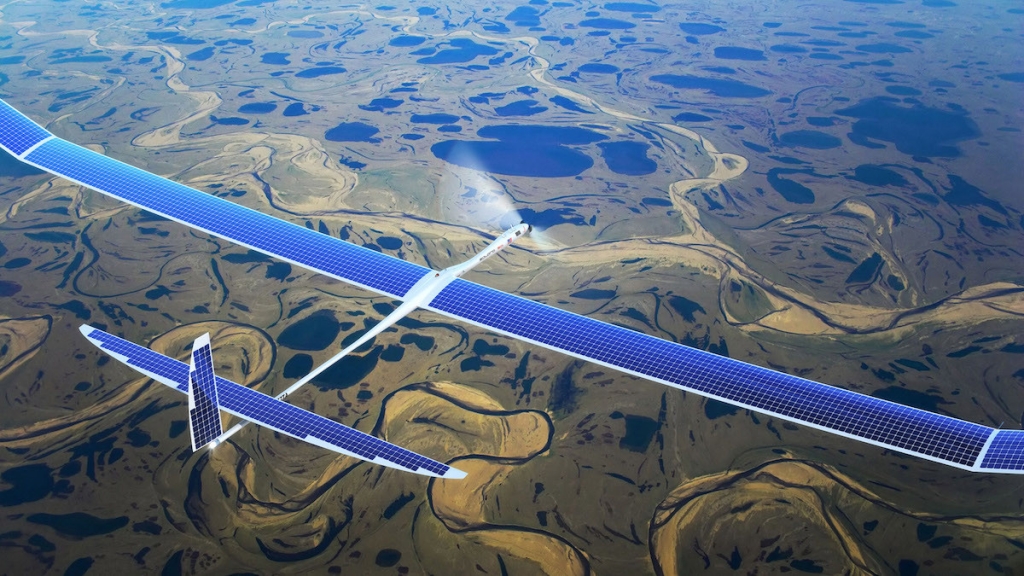As part of its long-term effort to provide internet access to parts of the world that have low internet penetration, Facebook could now be applying for a license to operate a drone over its headquarters in Menlo Park, California.
One filing with the FCC reveals that Facebook is seeking the right to operate a radio in the 2.4 GHz frequency which, in fact, is the same frequency that most of our WiFi wireless routers work on. As opposed to the 5 GHz, 2.4 GHz is slower but has a much longer range, making it ideal for providing wireless internet. The drones part is the big bet.
Another filing shows that they intend to operate in Menlo Park, and that a flight level limit of 400 feet has been set for the tests.
The fact that Facebook wants to expand internet usage across the globe is not new. In fact, their Internet.org initiative is already providing Free Basics to over 50 countries in the Middle East, Africa, Asia Pacific and Latin America.
Even the drones aren’t new, per se. On June 28, 2016, Facebook tested its first giant drone – dubbed Aquila – over Yuma, Arizona. The drone’s wingspan is 141 feet, compared to 113 feet on a Boeing 737.
Though the test’s objective was to keep Aquila in the air for at least 30 minutes (but it flew so well that they let it fly for 90 minutes) at a little over 2000 feet up in the air, the real long-term objective is to fly a drone that draws most of its power from the sun and can stay in the air for 90 days at a time. It will also be operating at a much higher altitude of between 60,000 and 90,000 feet.
How Will it Provide Wireless Internet?
It is expected that the drone will send data to aircraft as well as receivers on the ground, which will then convert that into internet access.
The advantage of this, says Zuckerberg in a paper on internet delivery methods that he wrote in 2014, is that it can provide a stronger signal than a satellite can. When ready, it will beam down signals to base stations, which can then provide internet access to people within a 50-kilometer (about 31 miles) radius of the station.
This is a huge project, and Zuckerberg has personally hired people from NASA’s Jet Propulsion Laboratory and Massachusetts Institute of Technology’s Media Lab. Facebook also spent $20 million to acquire Ascenta, an aviations consultancy headed by Andy Cox, who still holds the world record for keeping a drone up in the air for two weeks. Cox is now spearheading the Aquila project as Zuckerberg’s right-hand man.
Zuckerberg’s ultimate objective is to bring the internet to the world’s 7 billion plus people no matter what their location or economic background. No doubt the company’s initiatives like artificial intelligence and virtual reality will indirectly benefit from expanded internet usage, but this is a very long-term benefit.
For now, Facebook is doing everything it can to make sure the project is a success.
Thanks for reading our work! On Apple News please favorite the 1redDrop Channel, and please bookmark 1redDrop.com to keep tabs on the hottest, most happening tech and business news from around the world.



